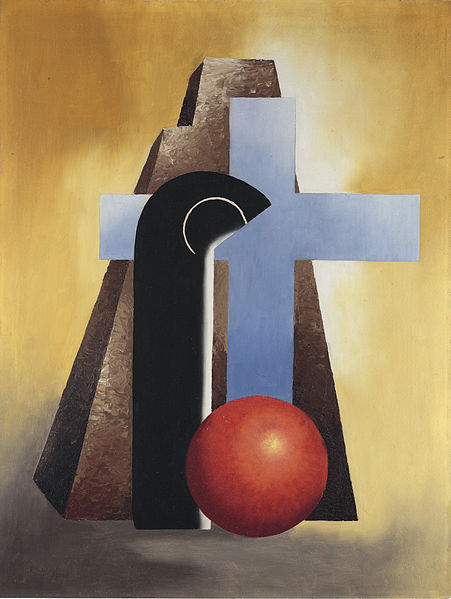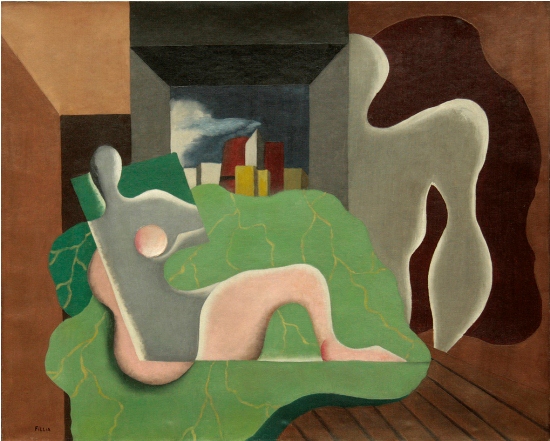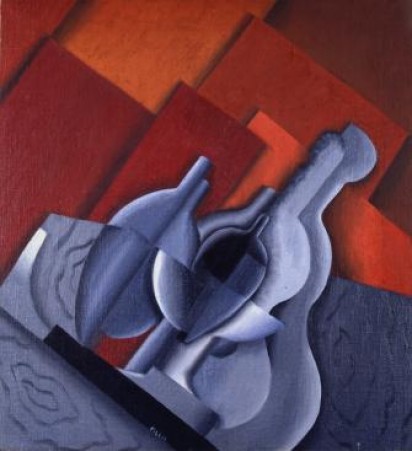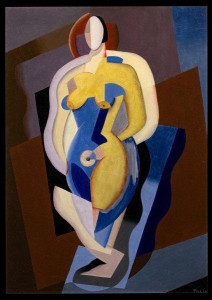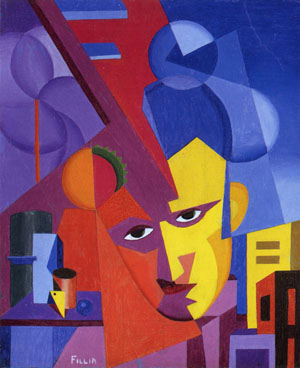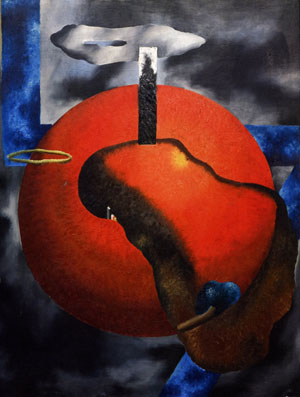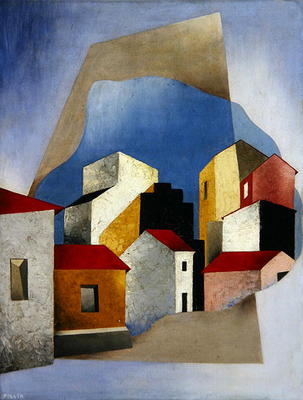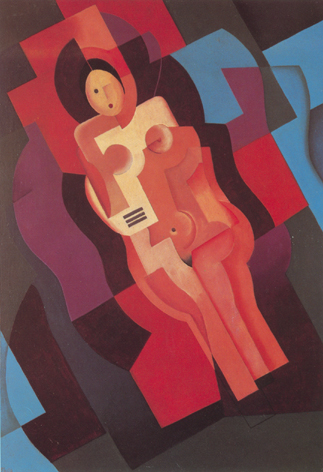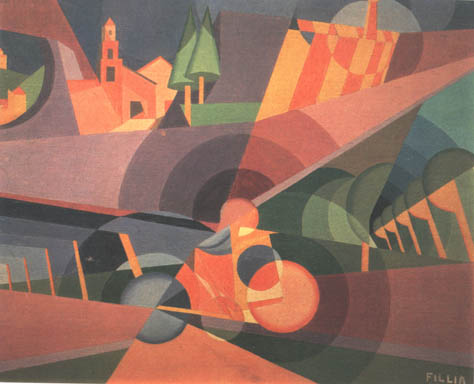<Back to Index>
- Painter Primo Conti, 1900
- Painter Fillìa (Luigi Colombo), 1904
PAGE SPONSOR
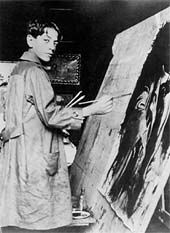
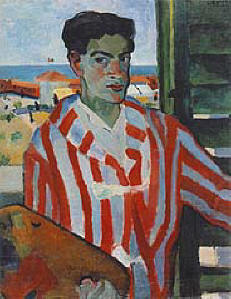
Primo Conti (October 16, 1900 — November 12, 1988) was an Italian Futurist artist.
Conti was born in Florence. Between the ages of 8 and 9, his precocious talent in the fields of music, poetry and painting was showing signs of his genius. In 1913 he met the Futurists.
His attraction to the latest innovations was expressed in almost completely Futurist forms in his drawings, while he developed a unique style in his painting that was a mixture of Art Nouveau, Fauvism, Expressionism and Orphism. It was not until 1917, after meeting with Giacomo Balla in Rome, and with Filippo Tommaso Marinetti in Naples (who later enthusiastically praised Conti's book Imbottigliature which was about to be printed) that Conti became part of the Futurist movement. His contribution to the movement was not only his literary works, but also the paintings and drawings he produced between 1917 and 1919 — the years in which his work was taking on the metaphysical trend.
The 1920s were a complex period for Conti. He explored Mannerism, Exoticism, Pittura Metafisica, and great historical and religious painting, covering a vast area that can be compared with his keen interest in the theatrical and literary world of Luigi Pirandello, Massimo Bontempelli and Enrico Pea, which led him to found the Viareggio Prize in 1929.
The 1930s brought a series of alternating events that created problems in his private life and led to his celebrative paintings. The decade also saw his enforced adhesion to Fascism (joining the Partito Nazionale Fascista), and his inner rebellion against it which transpired from his refusal to join Margherita Sarfatti's Novecento Italiano group and from other episodes when he stepped out of line. New prospects were only opened up to him when he became involved in designing stage sets for the opera house with the foundation of the Maggio Musicale Fiorentino.
By the 1940s, long before the official rediscovery (20 years later) of the Futurist movement, Conti was again working on Futurist subjects and experiments. From 1948 to 1963 he followed the rules of the Order of the Franciscans, though he still continued to paint.
Many of his works are housed in the Museo Primo Conti (Primo Conti Foundation Museum) in the Villa le Coste at Fiesole (near Florence).
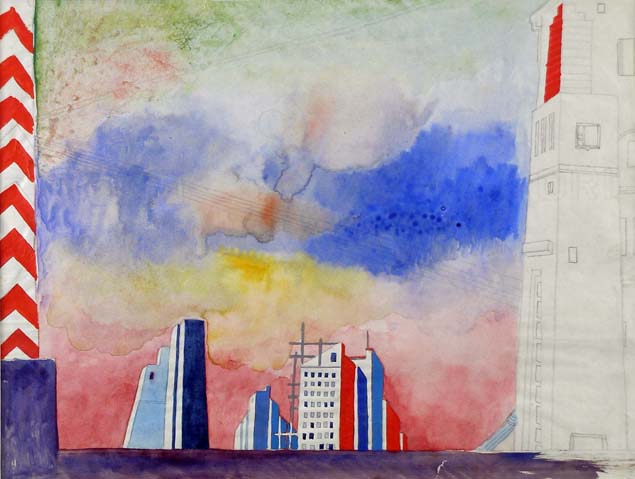
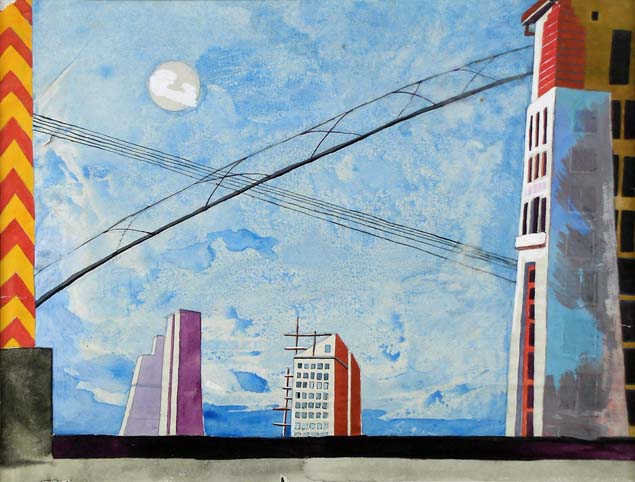
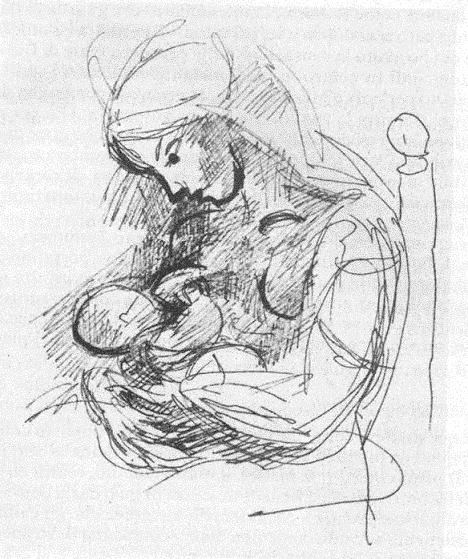
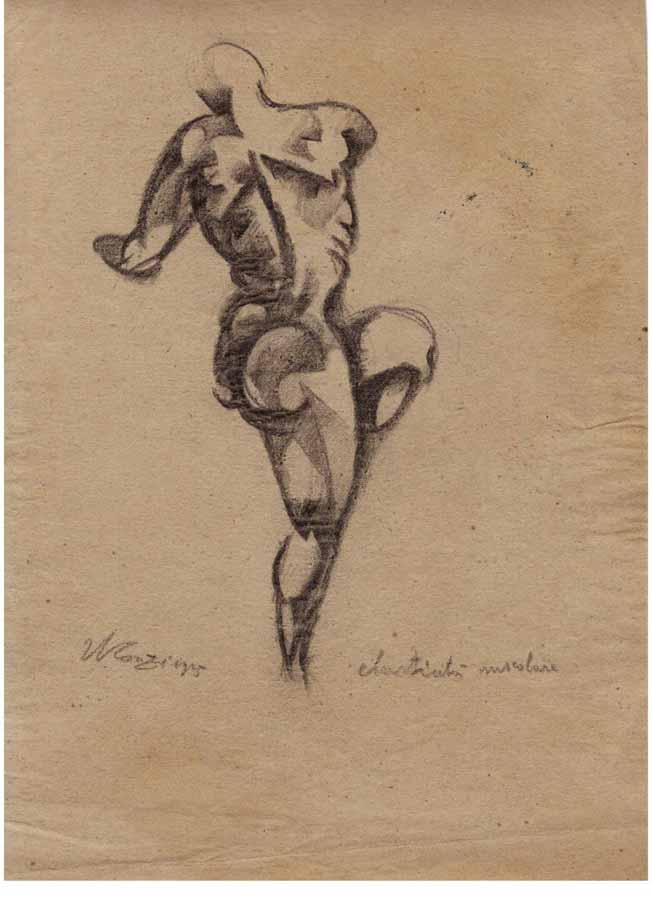
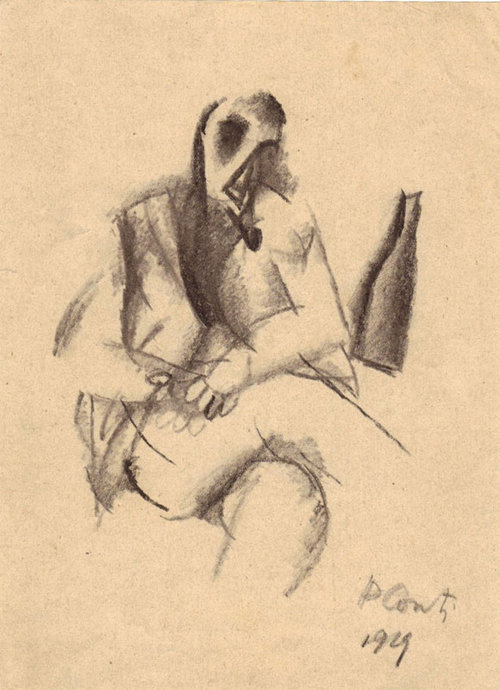
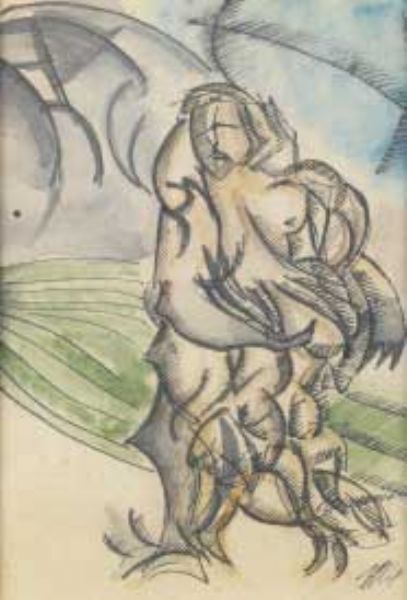
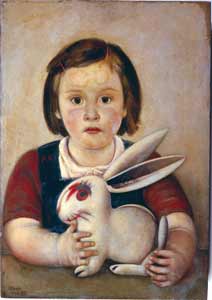
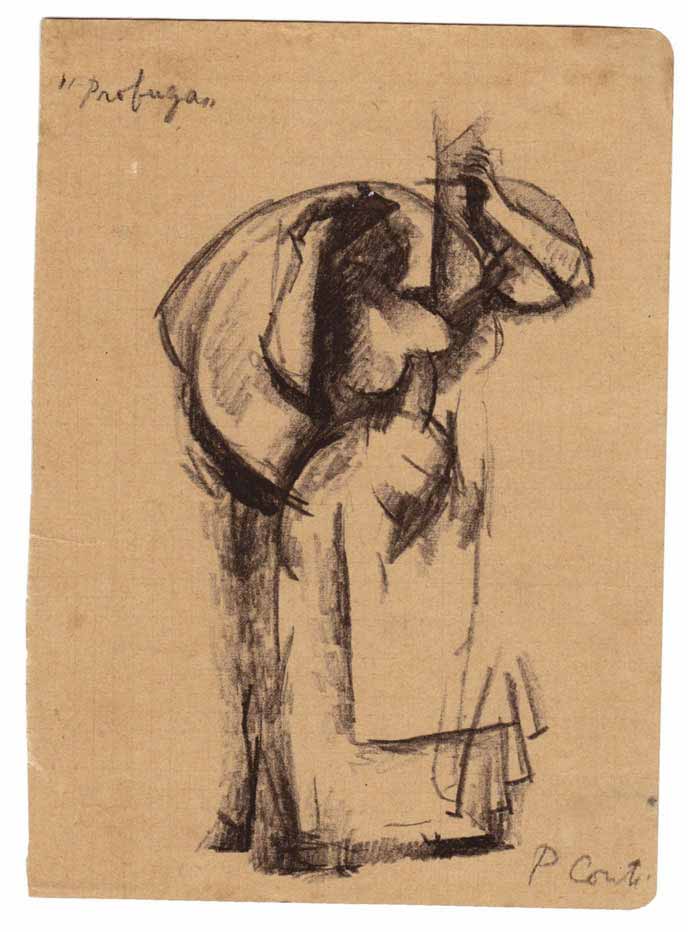
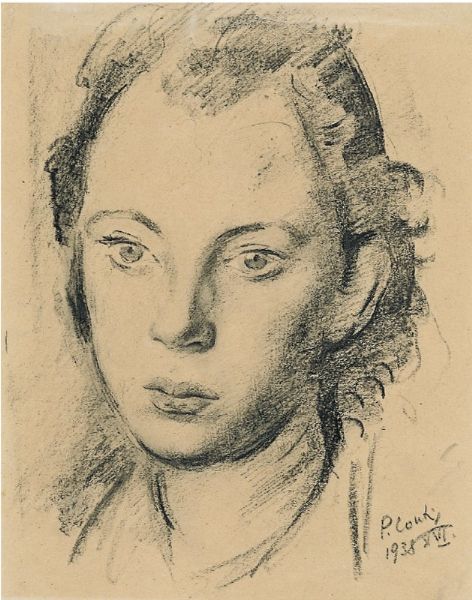
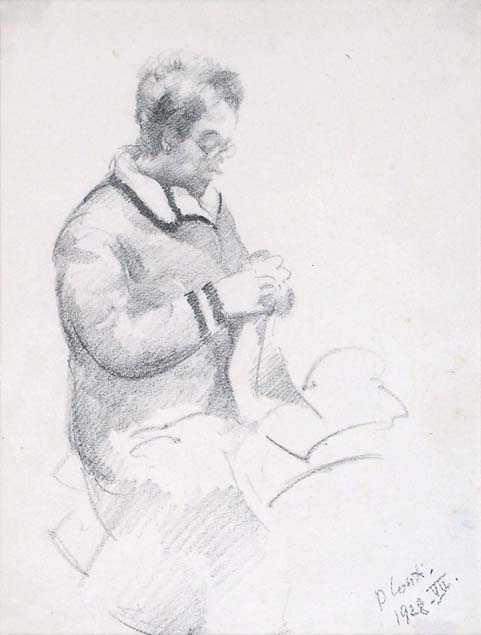
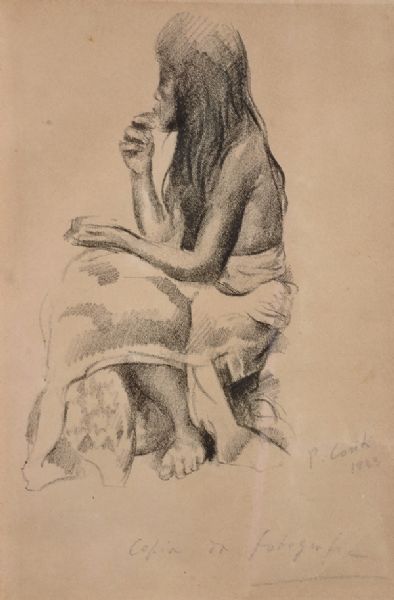
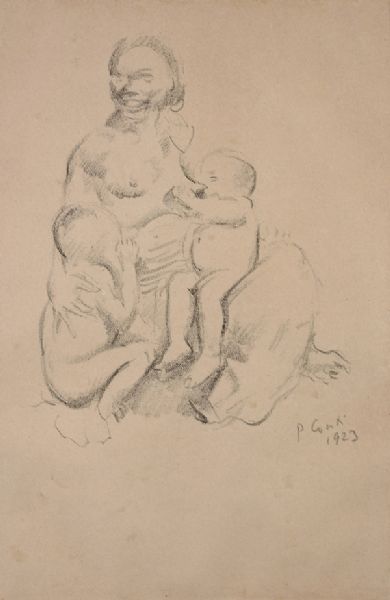
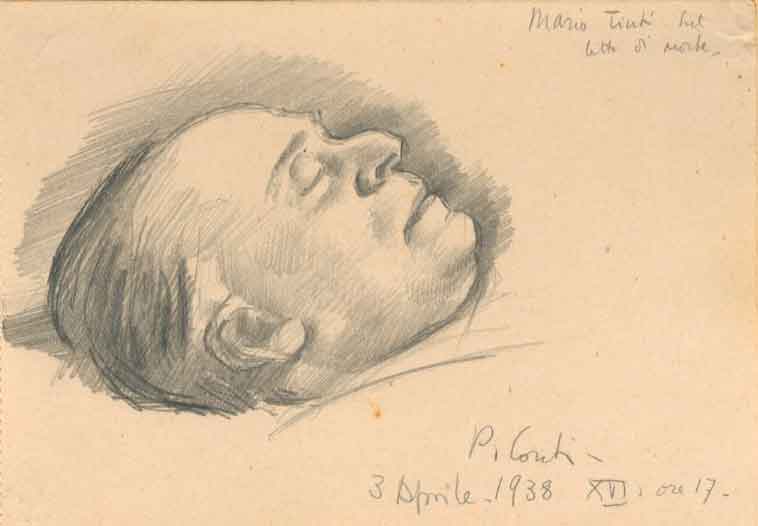
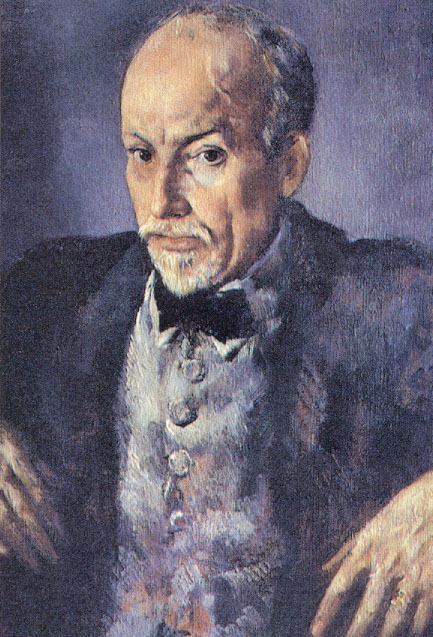
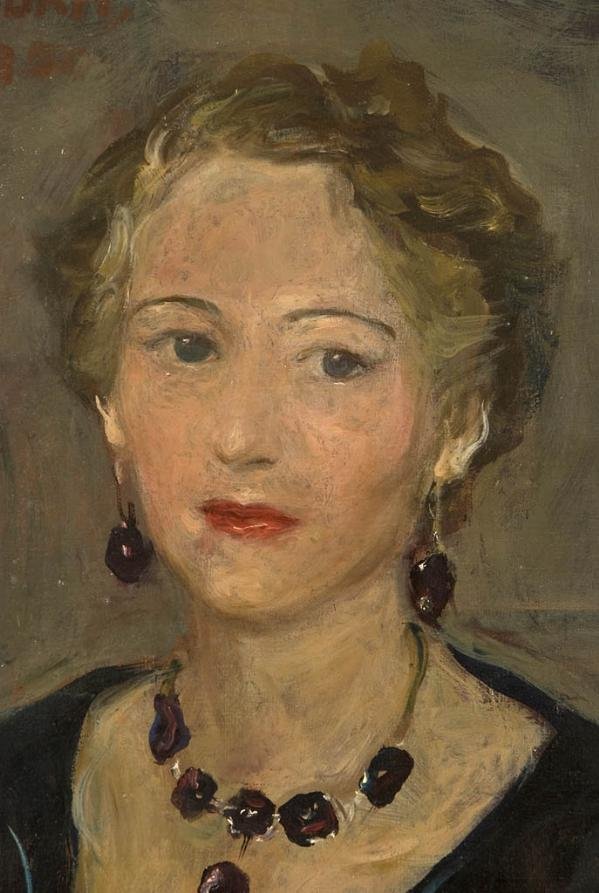
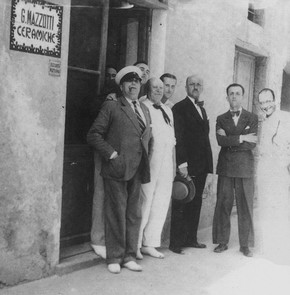
Fillìa (3 October 1904 – 10 February 1936) was the name adopted by Luigi Colombo, an Italian artist associated with the second generation of Futurism.
Fillìa was born in Revello, Piedmont.
He established the Futurist movement in Turin in 1923 at the age of 19 with a group which included Nikolay Diulgheroff, Pippo Oriani, Enrico Alimandi, Franco Costa and the sculptor Mino Rosso. Fillìa quickly became the leader of the group and its principal theorist. He published the art reviews: Futurismo (Futurism) (1924), Ventrina Futurista (1927), La Città Futurista (The Futurist City) (1929), La Città Nuova (The New City) (1930 - 1934), and Stile Futurista (Futurist Style) (1934 - 1935) with Enrico Prampolini. His work in the mid 1920s shows the influence of Prampolini. After 1928, Fillìa's work shows increasing subjectivity.
He became an exponent of L'Aeropittura (Aeropainting), the dominant Futurist style of the 1930s which applied the experience of flight to the depiction of landscape aerially; the world was no longer seen from the perspective of the person on the ground but as if from an aeroplane. In 1929, he was a co-signatory of the Futurist manifesto L'Aeropittura, with Benedetta Cappa, Depero, Gerardo Dottori, Marinetti, Somenzi, Tato and Prampolini.
Fillìa was the co-author with Marinetti of the Manifesto of Futurist Cooking, published in the Turin newspaper, La Gazzetta del Popolo, on 28 December 1930.
Enrico Crispolti says that Fillìa and his colleagues in Turin explored an interior, psychological and subjective world, unlike other Futurists of the period such as Prampolini and Depero. Fillìa had recourse to an "airy body", a “synthesis of movement, of the organic aspect, of the emotions of flight".” The ectoplasmic forms which appear in Fillìa's paintings of the late twenties and early thirties contrast with the rigidity of his earlier work and were taken up to explore the subconscious. His interest in the spiritual aspects of art turned to specifically religious painting from 1930 to 1933. He had large exhibitions at Padua (1931), La Spezia (1932) and Florence (1933) and in 1932 co-authored the Manifesto of Sacred Futurist Art with Marinetti.
He had an interest in architecture, designing the Futurist Pavilion at the 1928 International Exhibition in Turin.
Fillìa's activities as an organizer and polemicist, which he continued through his contact with the avant garde in his numerous trips to Paris, ended with his death at Turin in 1936 at the age of thirty - two.
There
are works by Fillìa in the collections of the Galleria d'Arte
Moderna in Rome, the Galleria d'Arte Moderna in Turin, and in a number
of private collections.
